The Healthcare Enterprise Software Market is currently characterized by a dynamic competitive landscape, driven by rapid technological advancements and an increasing demand for integrated healthcare solutions. Major players such as Epic Systems Corporation (US), Cerner Corporation (US), and McKesson Corporation (US) are at the forefront, each adopting distinct strategies to enhance their market positioning. Epic Systems Corporation (US) continues to focus on innovation, particularly in electronic health records (EHR) and interoperability solutions, which are critical for improving patient care. Cerner Corporation (US), on the other hand, emphasizes partnerships and collaborations to expand its service offerings, while McKesson Corporation (US) is leveraging its extensive distribution network to optimize supply chain efficiencies, thereby enhancing its operational focus on healthcare logistics and software solutions.
The market structure appears moderately fragmented, with a mix of established players and emerging startups vying for market share. Key business tactics such as localizing software solutions to meet regional regulatory requirements and optimizing supply chains are prevalent among these companies. This collective approach not only enhances their competitive edge but also fosters a collaborative environment where innovation can thrive. The influence of these key players is substantial, as they set industry standards and drive technological advancements that shape the overall market dynamics.
In August 2025, Epic Systems Corporation (US) announced a strategic partnership with a leading telehealth provider to enhance its EHR capabilities. This collaboration aims to integrate telehealth services directly into Epic's platform, thereby facilitating seamless patient interactions and improving access to care. The strategic importance of this move lies in its potential to position Epic as a leader in the telehealth integration space, responding to the growing demand for remote healthcare solutions.
In September 2025, Cerner Corporation (US) launched a new AI-driven analytics tool designed to assist healthcare providers in predictive patient care. This tool leverages machine learning algorithms to analyze patient data and predict potential health risks, enabling proactive interventions. The introduction of this technology underscores Cerner's commitment to innovation and its strategic focus on enhancing patient outcomes through data-driven insights.
In July 2025, McKesson Corporation (US) expanded its software offerings by acquiring a healthcare analytics firm. This acquisition is expected to bolster McKesson's capabilities in data analytics, allowing it to provide more comprehensive solutions to healthcare providers. The strategic significance of this acquisition lies in its potential to enhance McKesson's competitive positioning by integrating advanced analytics into its existing software solutions, thereby improving operational efficiencies for its clients.
As of October 2025, the competitive trends in the Healthcare Enterprise Software Market are increasingly defined by digitalization, sustainability, and the integration of artificial intelligence. Strategic alliances are becoming more prevalent, as companies recognize the value of collaboration in driving innovation and enhancing service delivery. Looking ahead, it is likely that competitive differentiation will evolve, shifting from traditional price-based competition to a focus on innovation, technological advancements, and supply chain reliability. This transition may redefine how companies compete, emphasizing the importance of delivering superior value through cutting-edge solutions.
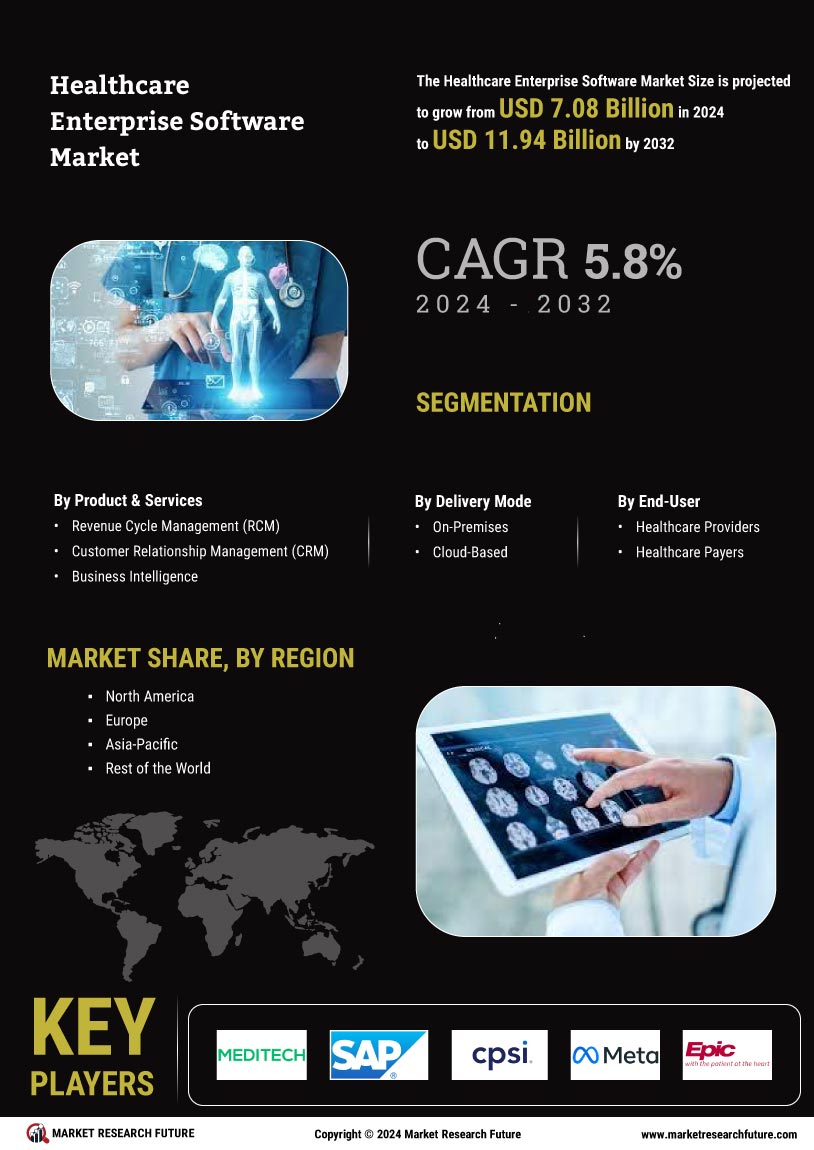

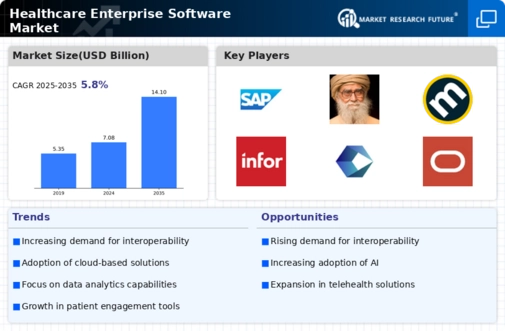
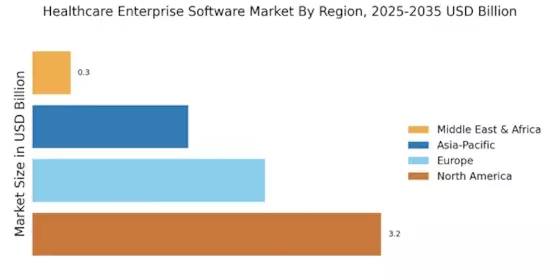


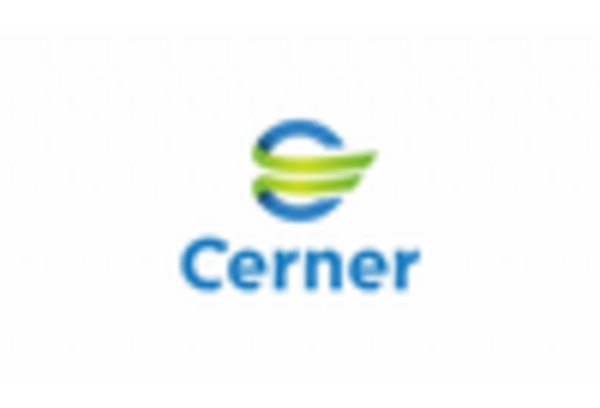
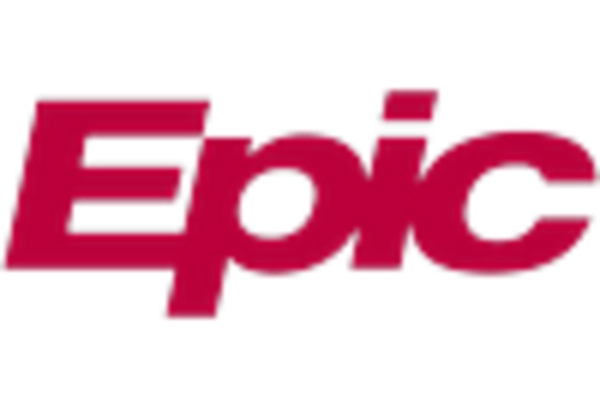
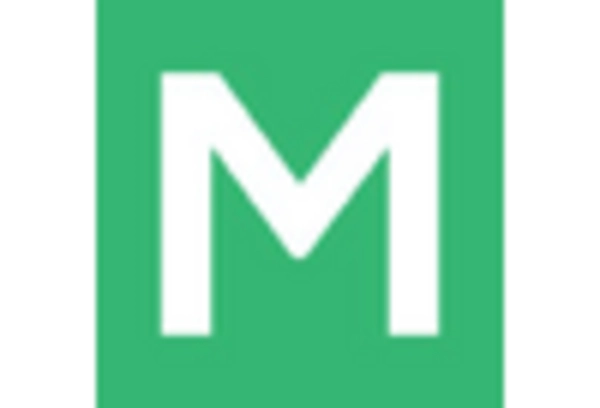
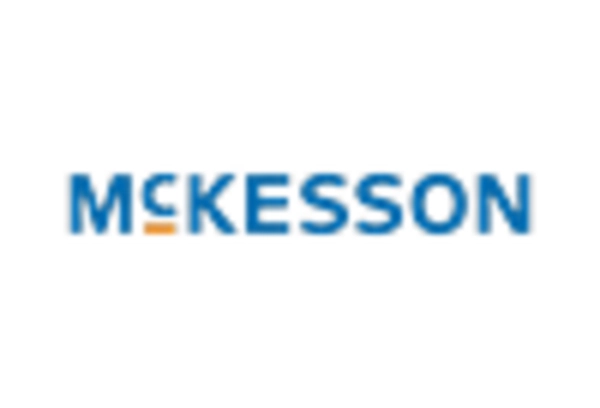








Leave a Comment